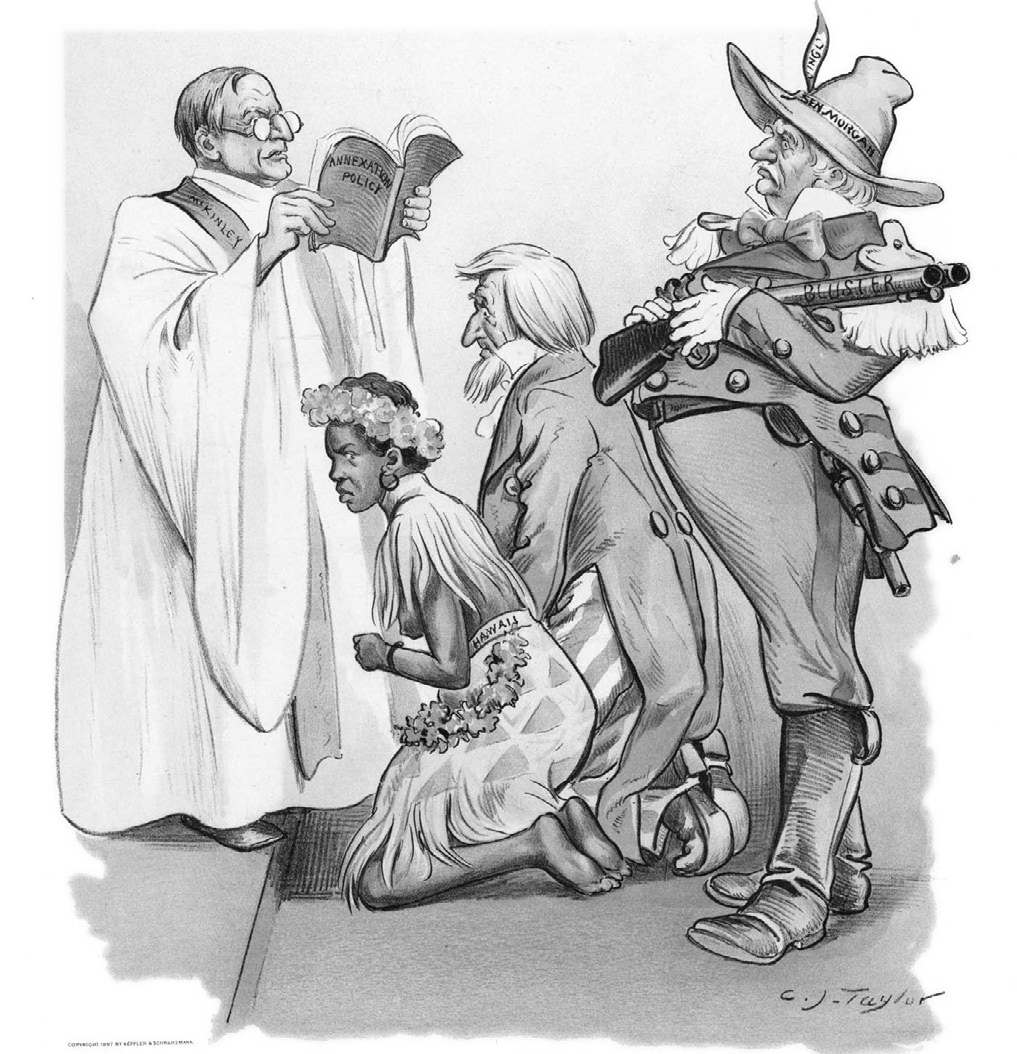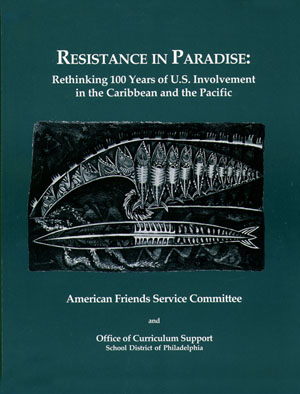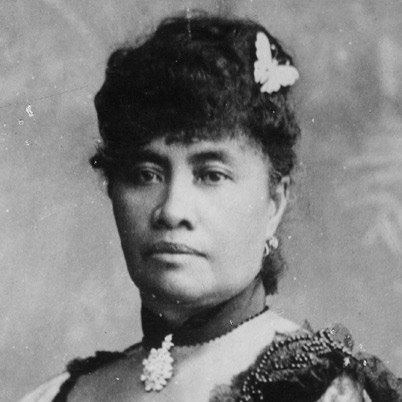On July 8, 1898 the final signature was attached to the Newlands Resolution annexing Hawai’i to the United States. This despite the fact that the opposition was made clear in the “Petitions Against Annexation” signed by more than half the Hawaiian population.
Who was in favor of annexation? Just look at who was named Governor of the newly annexed islands by President McKinley: Sanford B. Dole.
Here is a description of the annexation from our report on teaching about Reconstruction.
During the later years of Reconstruction, the federal government withdrew military power from the South and increasingly channeled it into western U.S. expansion and settler colonialism. Non-native white officials and industrialists in Hawai’i made plans to monopolize the islands’ sugar trade and other resources, increasingly pushing for annexation. In January of 1893, U.S. troops invaded the capital city of the Hawaiian Kingdom and incited a coup. They immediately helped these pro-annexation, non-native residents overthrow Queen Lili’uokalani, who had recently issued a new constitution that would expand suffrage for native Hawaiians. As the United States moved toward annexation, the islands’ Indigenous people organized to assert Hawaiian sovereignty. This image shows one page of a petition that more than 21,000 native Hawaiians — over half of the islands’ Indigenous population — signed in 1897 to protest annexation. The United States annexed Hawai’i the following year.
Learn more in the related resources below.













Twitter
Google plus
LinkedIn